3D プリントにおけるオープン ソリューションとクローズド ソリューション
プロフェッショナル向け 3D プリント システムの市場には、次の 3 種類のソリューションがあります。
- 統合ソリューションまたはクローズド ソリューション これは、メーカーが連携することを目的とした機器、材料、およびソフトウェアを提供するものです。統合ソリューションを購入する場合、他のメーカーのソフトウェアや素材を使用することはできません。
- オープン ソリューション メーカーは、他のメーカーの素材とソフトウェアの両方と互換性のある機器を提供します。
- 外部資料を使用できる統合ソリューション これは中間的な解決策であり、通常、他の資料やソフトウェアの使用に関しては一定の制限があります。
統合またはクローズド ソリューション
そのようなソリューションの最も代表的な例の 1 つが Formlabs です。統合ソリューションのメーカーは通常、3D 印刷システムだけでなく、後処理装置、ソフトウェア、および材料を含む製品を提供します。
このタイプのシステムの主な利点は、すべての製品が連携して動作するように開発されていることです。つまり、印刷パラメーターを微調整して最適化する必要はありません。 また、利用可能なすべての素材に互換性があることも保証します。
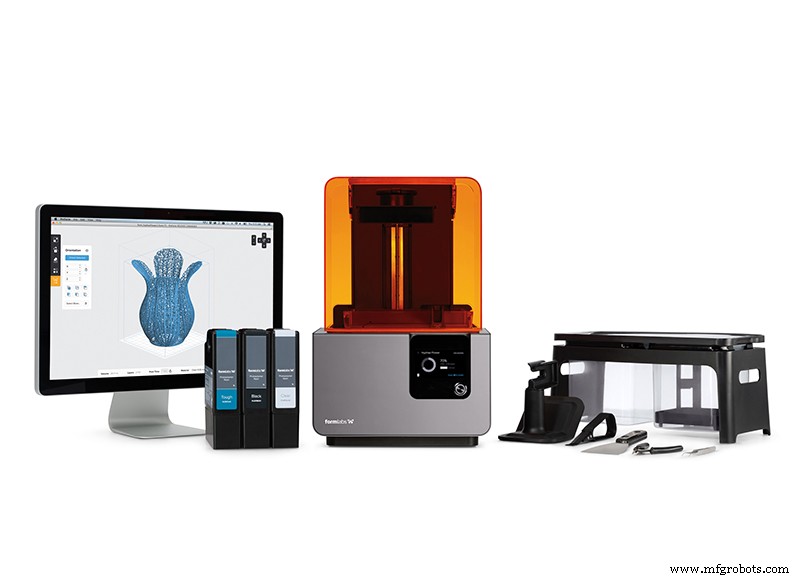
画像 1:フォーム 2 と付属品。出典:Formlabs
その結果、これらのシステムは信頼性と再現性が高く、 これにより、パフォーマンスが大幅に向上します。もう 1 つの重要な機能は、多くの構成パラメータと変更可能な値が一般的に最小限に抑えられていることです。 メーカーの材料タイプの選択といくつかの基本的なパラメーターのみが必要です。これにより、使い方がはるかに簡単になり、ユーザーは多くの技術的知識を必要としなくなります。
ただし、メリットばかりではありません。このタイプのシステムには、考慮すべき 2 つの制限があります。 一方、材料と消耗品のコストは通常かなり高くなります。一方、ユーザーはメーカーの製品のみを使用するように制限されています。
オープン ソリューション
オープン ソリューションは、オープン ソースのハードウェアまたはソフトウェアを意味するものではありません。これは、標準化されたメディア形式とユニバーサル印刷ファイルをサポートする機器を提供するメーカーを指します。 このカテゴリには、.gcode などのユニバーサル CNC プログラミング言語をサポートするすべてのプリンターと、機器がオープン ソースかプロプライエタリかに関係なく、あらゆるメーカーの材料が含まれます。
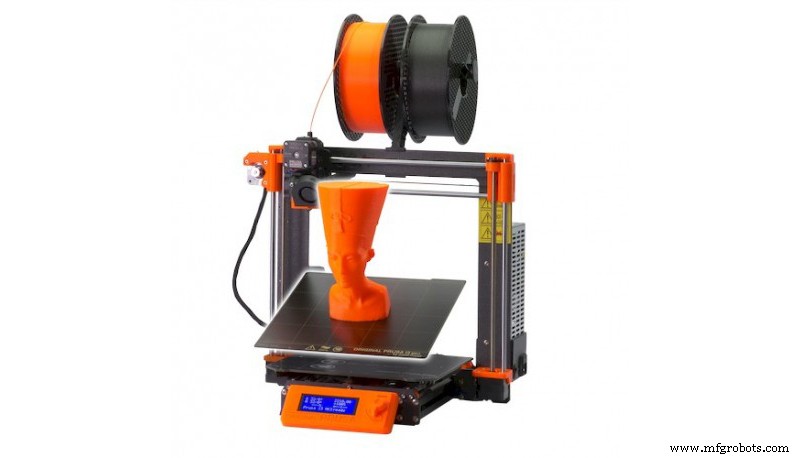
Image 2:Prusa MK3S 3D printer. Source:Prusa
This does not imply that the manufacturers themselves cannot also offer materials and software, which they usually do, but they do not restrict the use of their equipment to these.
The main advantage of this type of solutions is their high compatibility and the fact that they have the widest range of materials, limited only by the technical characteristics of the equipment itself. Moreover, in the case of using equipment from different manufacturers, it is possible to centralise everything in the same software without the need to use a specific one for each piece of equipment.
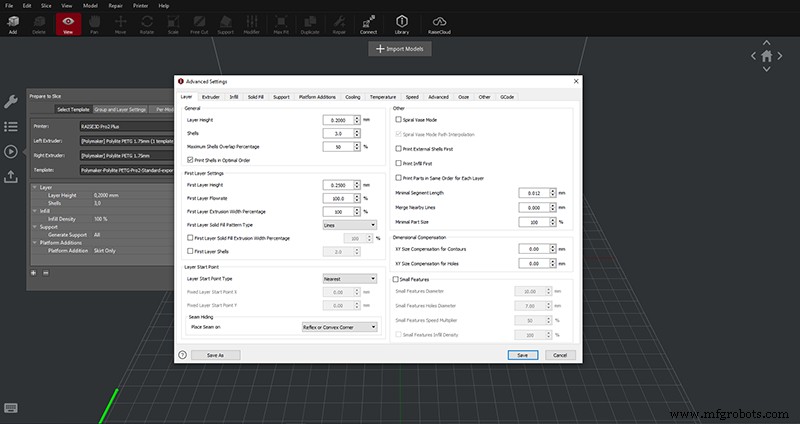
Image 3:Raise3D Ideamaker software configuration window. Source:Raise3D
The main disadvantage is that the printing profiles generally need to be fine-tuned and optimised for each material, which is time-consuming and expensive. In addition, a change of material supplier or even a reformulation of a material from the same supplier implies a new optimisation of profiles. This means that achieving the same reliability and reproducibility that integrated solutions provide requires continuous work and a thorough knowledge of materials and suppliers.
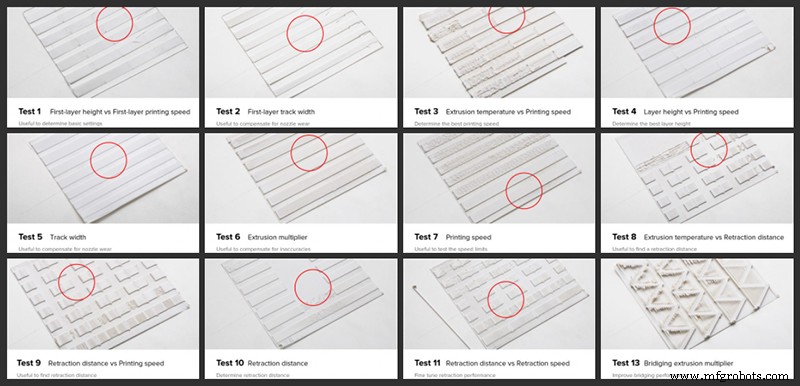
Image 4:Examples of optimisation. Source:3DOptimizer
Some companies offering such solutions are Prusa, Raise3D or UNIZ.
INTEGRATED SOLUTIONS WITH THE POSSIBILITY OF USING EXTERNAL MATERIALS
This is an intermediate option to the previous ones. They consist of integrated or closed solutions, with proprietary programming languages, but which also allow the use of third-party materials . Due to the use of proprietary languages it is necessary to stick to the software provided by the manufacturer.
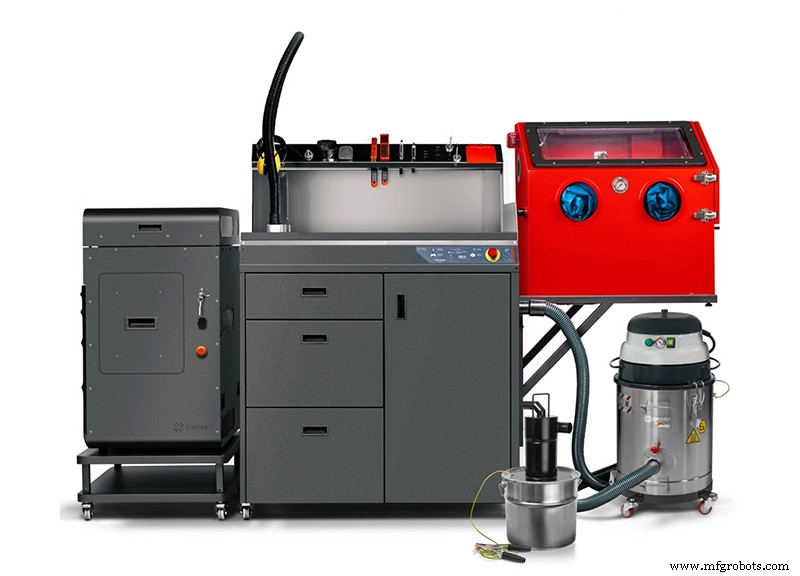
Image 5:SLS Lisa Pro 3D printer and accessories. Source:Sinterit
They have all the advantages of closed solutions but fewer drawbacks. Without having the wide compatibility of materials available in open solutions, they open up the possibility of using a wide range of materials from other manufacturers.
The trade-offs of this type of solution are minimal, with its main disadvantage being that the software generally has fewer configuration options, which can make it difficult to achieve good optimisation of other manufacturers' materials.
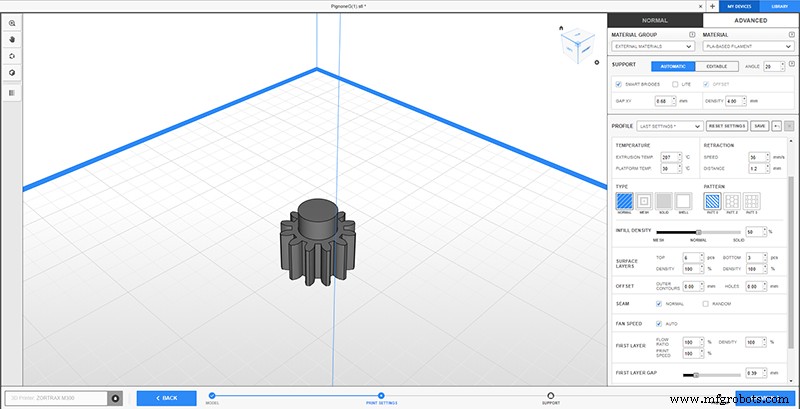
Image 6:Settings for external materials in the Zortrax Z-Suite software.出典:ゾルトラックス
Representative examples of such solutions are Zortrax or Sinterit. Both offer a wide range of perfectly optimised materials, but also allow the use of materials from other manufacturers.
THE MOST APPROPRIATE SOLUTION
There are high quality solutions in all three groups and it would be wrong to consider one as better than the other. In order to select one or the other, the specific needs of each user must be analysed.
Users who are not specialised in additive manufacturing and are looking for a simple and efficient system will find integrated solutions and integrated solutions with a choice of external materials the best option. The implementation of this type of system is immediate and does not require in-depth technical knowledge . Although the costs of this type of solution may at first glance seem much higher than open solutions, in the long run the savings in optimisation time and material costs can compensate for this.
In the case of specialised users, with knowledge of additive manufacturing and materials, who require the use of very specific or experimental materials, they will find the above solutions to have significant limitations. This is why open solutions are a more versatile option despite the ongoing optimisation and fine-tuning tasks.
3Dプリント



